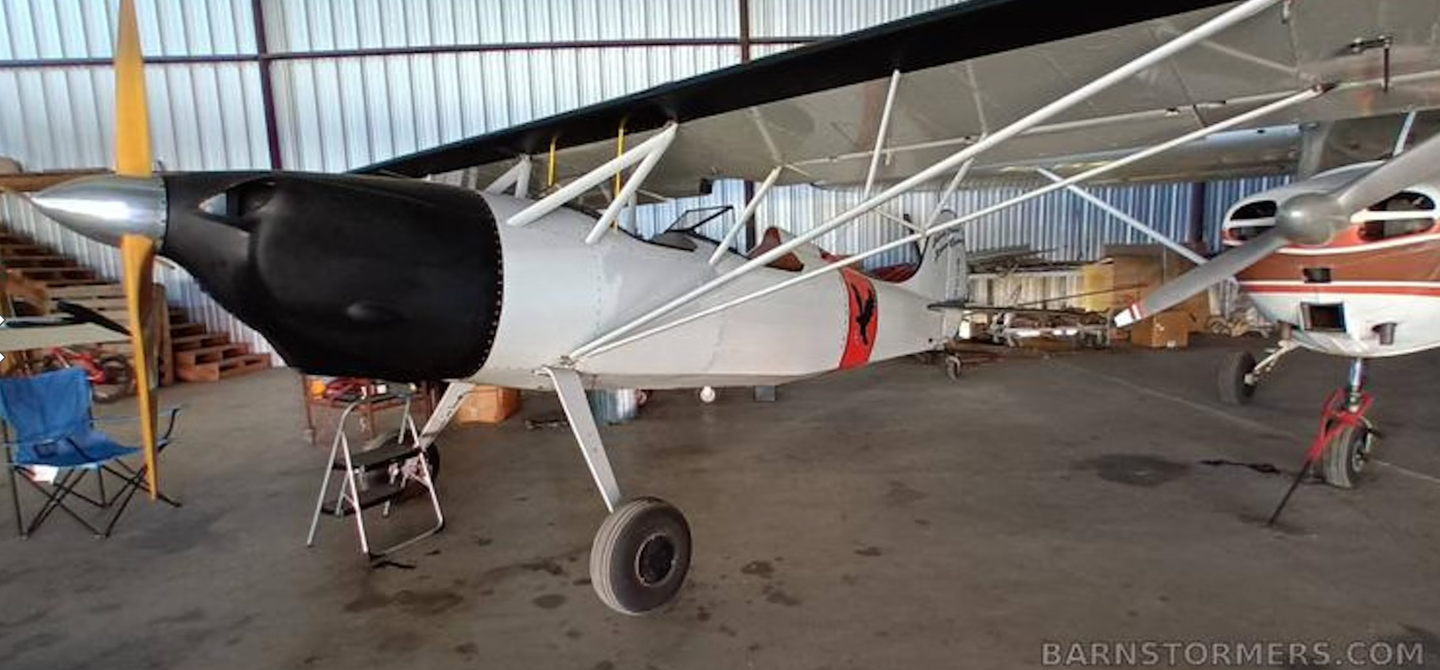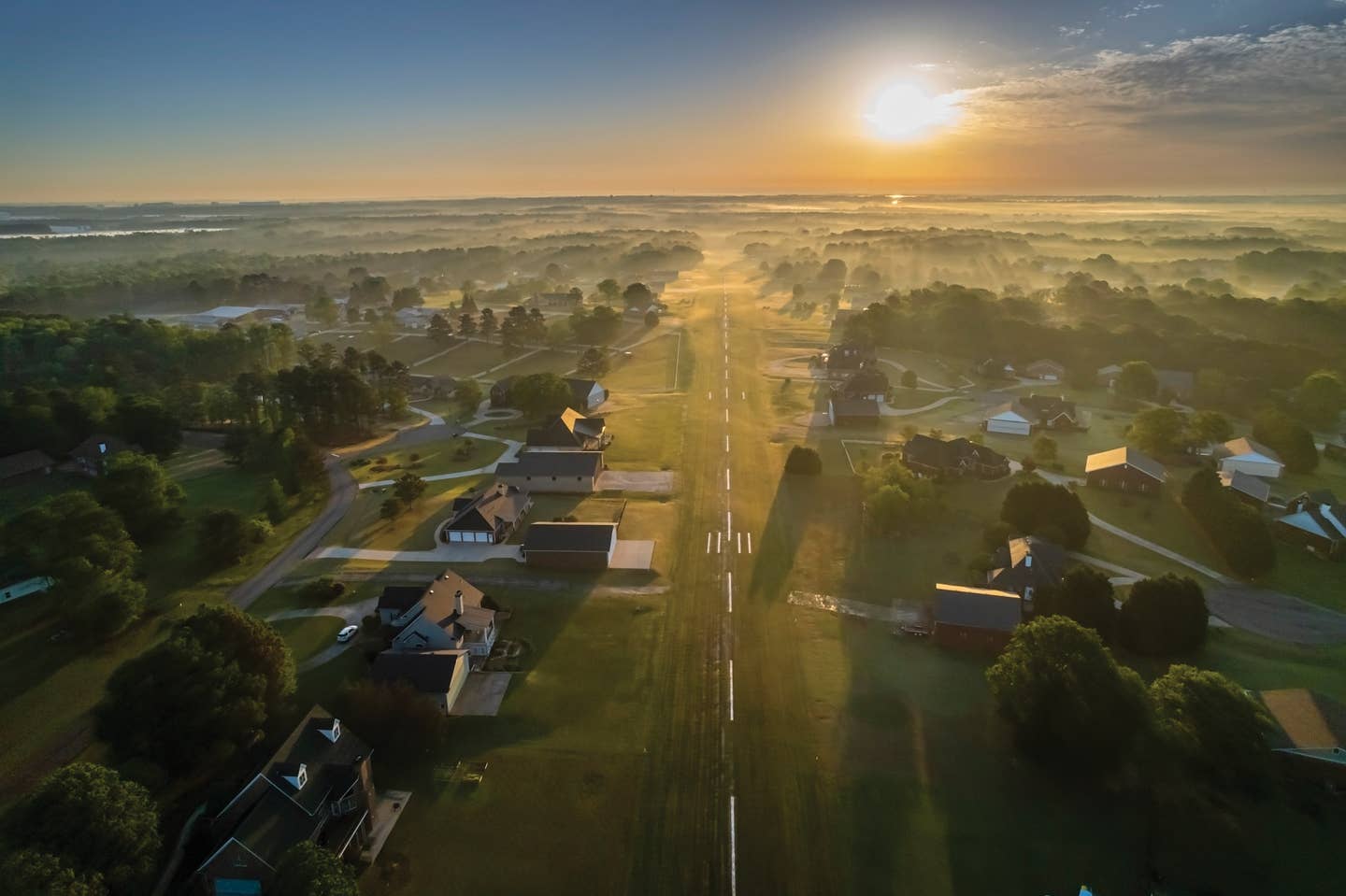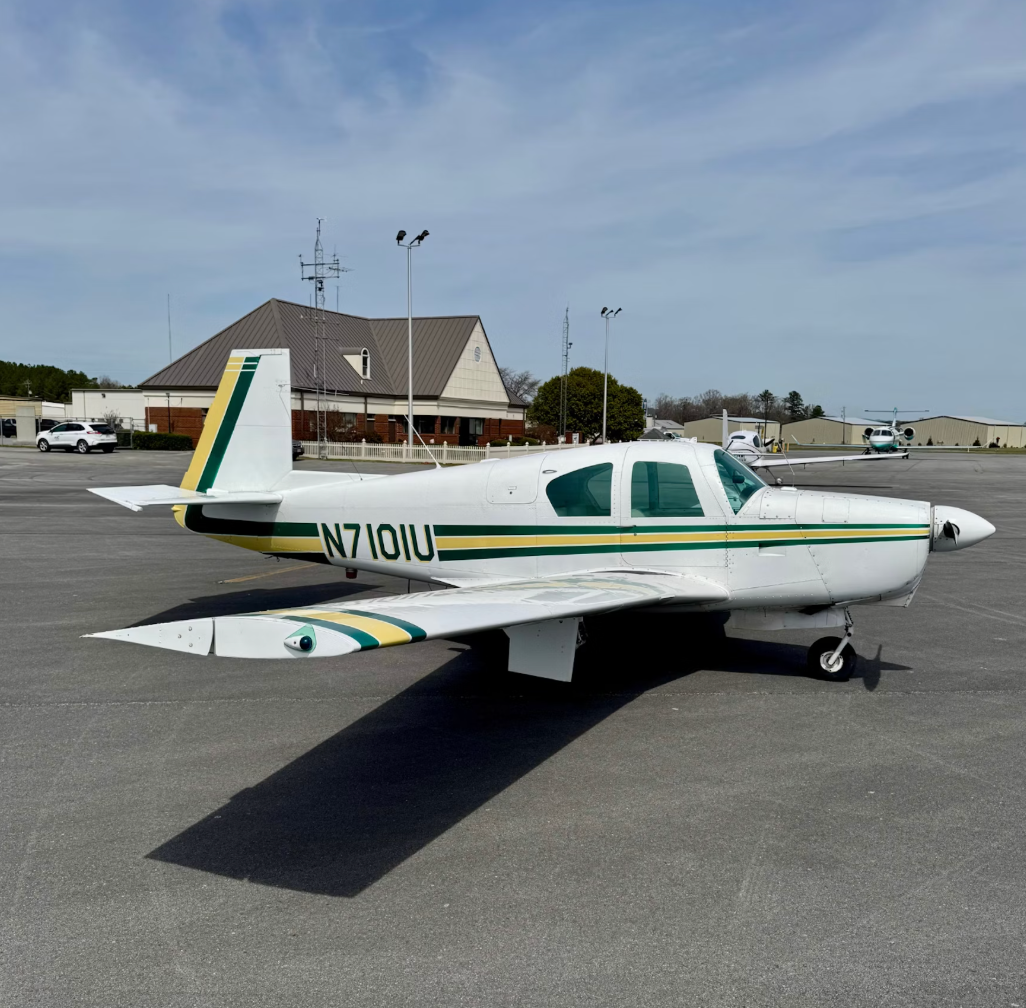More Range For Cessnas
While other options have been pursued for adding fuel capacity to Cessnas, most notably Dave Blanton’s 17-gallon Javelin baggage compartment tank in C-170s, the most successful kits are those from Flint…

While other options have been pursued for adding fuel capacity to Cessnas, most notably Dave Blanton's 17-gallon Javelin baggage compartment tank in C-170s, the most successful kits are those from Flint Aero in El Cajon, California. Flint tips, as they are frequently called, have been around since 1967 and are seen on Cessnas all over the world. They mimic the look of standard Cessna wing profiles instead of adding a bubble on the end of the wing. As with other tip systems, an electric pump moves the fuel to the standard tanks after room is obtained.
Flint Aero's kits result in added wingspan in some cases by locating the tank in an extension of the stock wing, which results in improved climb performance. Many Flint tanks, however, can be internal, preserving the original wingspan by removing the close-out rib and slipping the fiberglass tank inside the wing.
Approval for legacy Cessnas covers the 150/152, strut-braced 170 and 180 series, and some older 210s. These internal tanks add a total of 23 usable gallons at the cost of 34 pounds of additional empty weight. Estimated time required for the installation is 45 to 60 hours. An average cost of the conversion is around $10,000.
Cantilever-wing Cessna 210s, particularly the turbocharged models, can benefit from the addition of Flint Aeros' wet wingtips. They add a total of 32.5 gallons and increase overall wingspan by 26 inches, which improves high-altitude performance. Pre-1972 airplanes pick up an extra 400 pounds of gross weight. Kit cost is $19,307, with 55 to 70 hours required for installation.
Cessna 182s and 210s are probably the most likely models to carry Flint auxiliary fuel systems, although bush operators also like more gas for their 206 and 180/185 airplanes. The lighter end of the Cessna line doesn't see as much need for add-on fuel unless bigger engines find their way into the cowling. That said, Skyhawks with standard 42-gallon tanks, rather than later-optional 52-gallon supply (inherited from the Model 175), do find themselves short-changed in even a light headwind.

Subscribe to Our Newsletter
Get the latest Plane & Pilot Magazine stories delivered directly to your inbox






